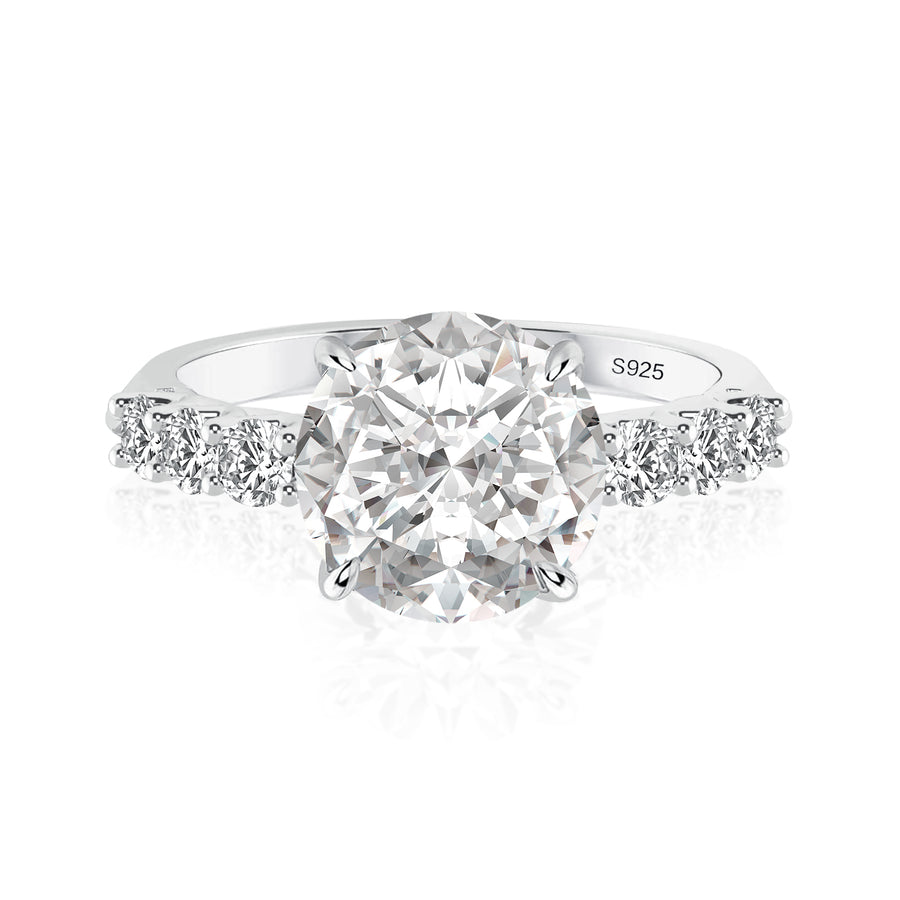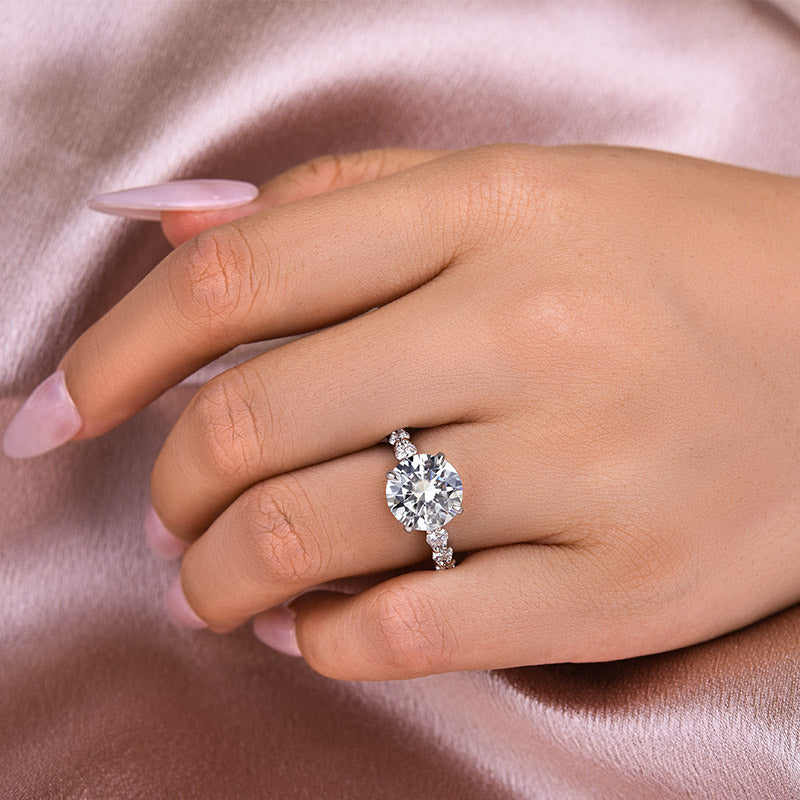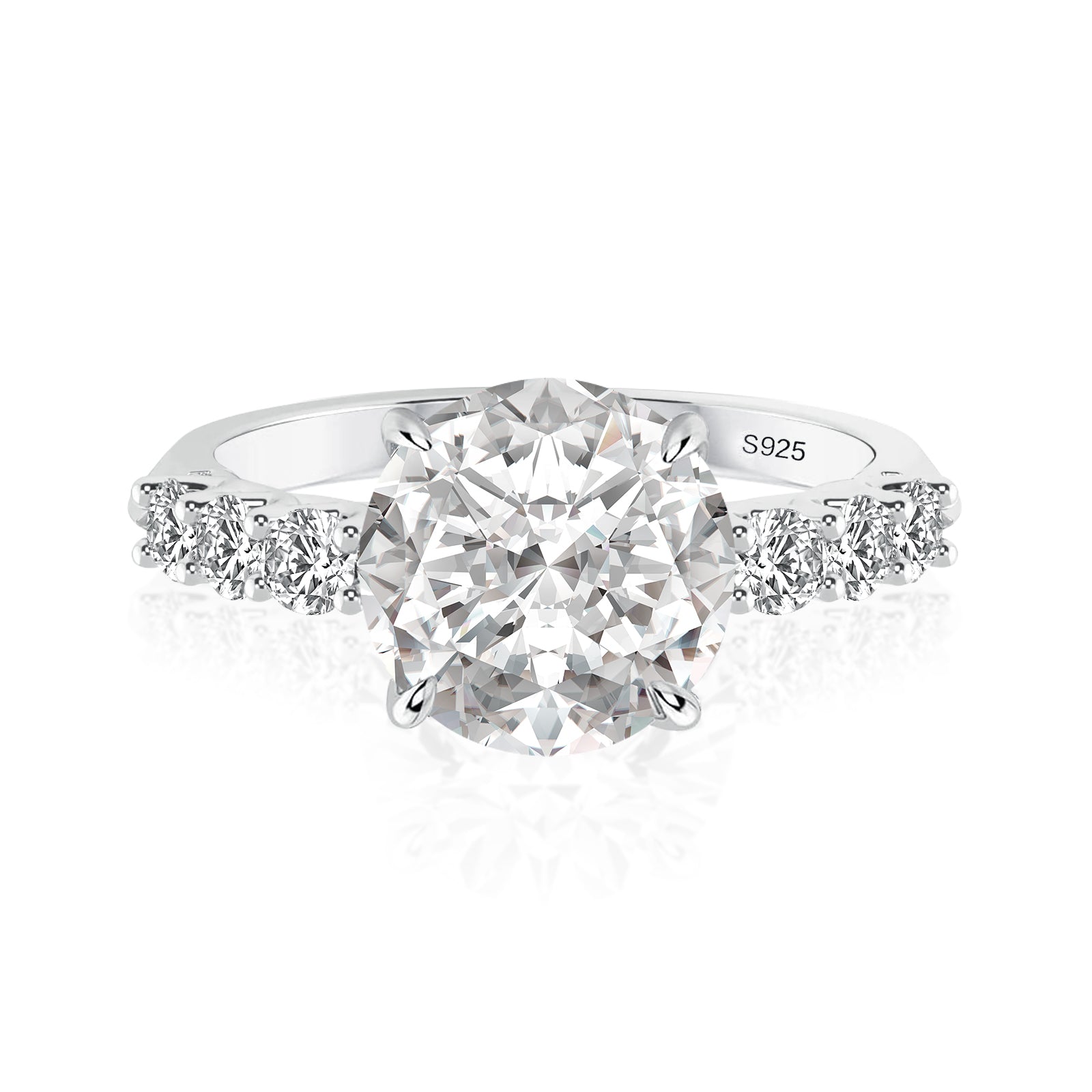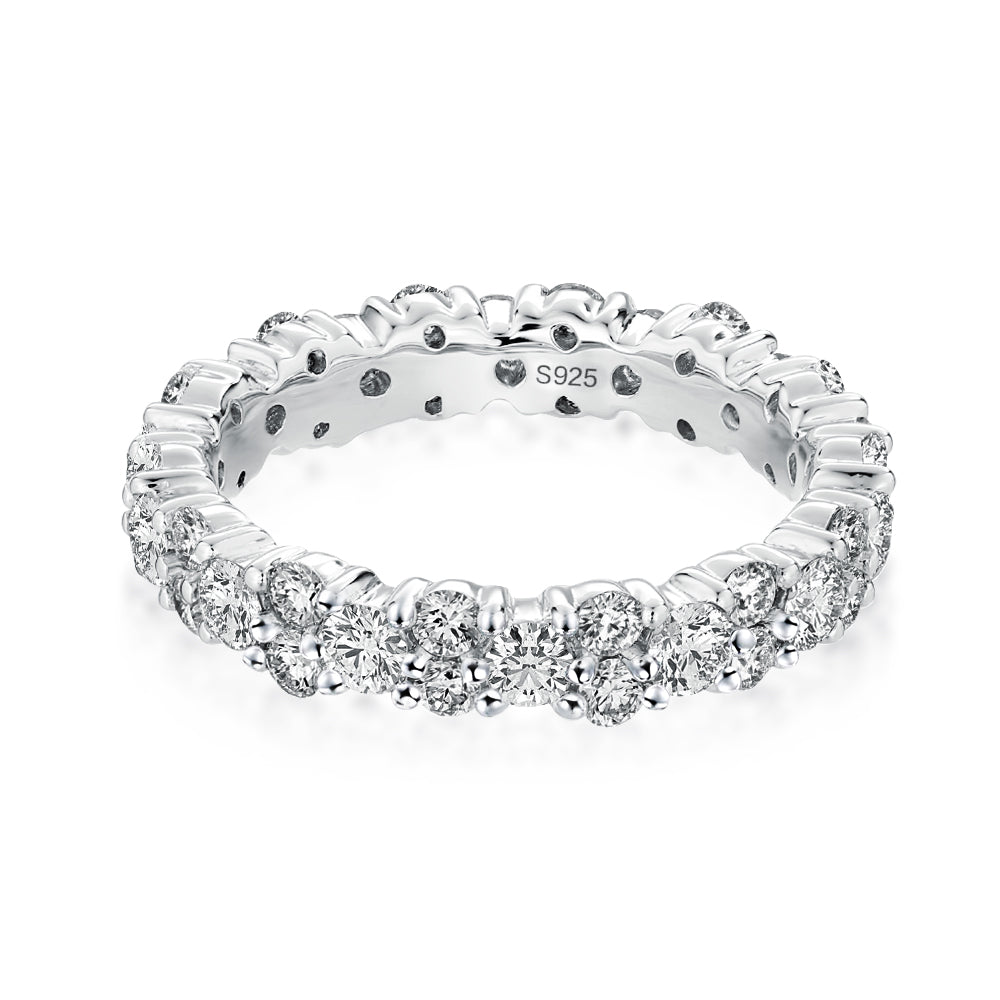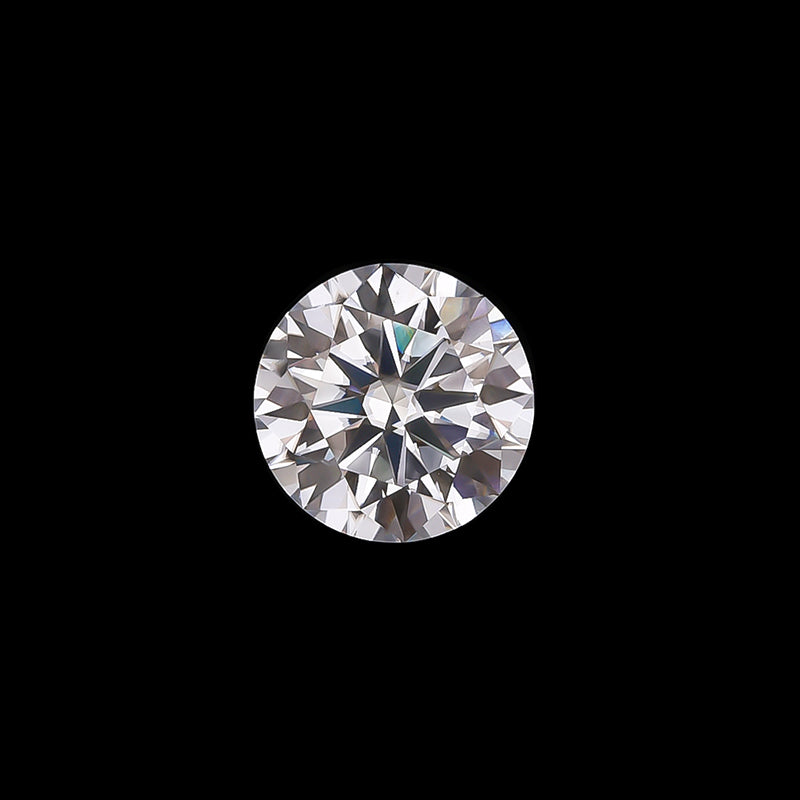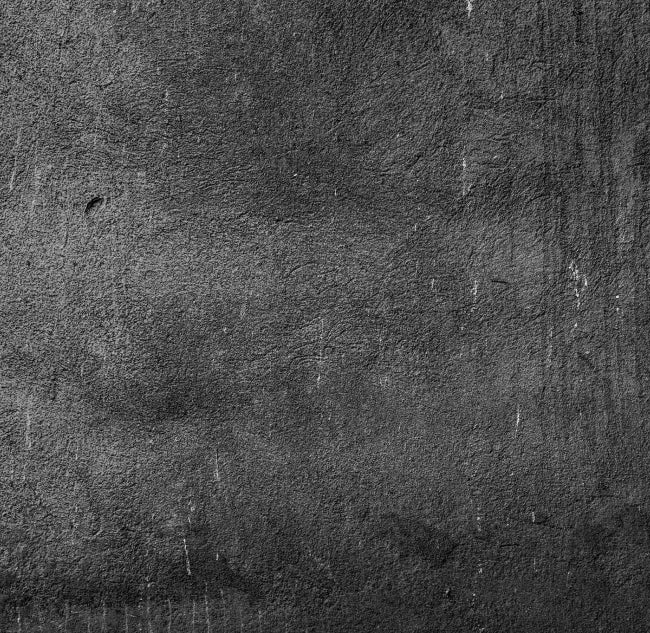Our Moissanite Stone
| Moissanite | Diamond | Lab Diamond | |
|---|---|---|---|
| Durability | 9.25 on Mohs scale, suitable for everyday wear. | Hardest mineral, 10 on Mohs scale, ideal for engagement rings. | 10 on Mohs scale, ideal for engagement rings. |
| Brilliance | Slightly more brilliant than diamonds, more than twice the fire. RI: 2.64–2.69 | Less brilliant than moissanite, two times less fire. RI: 2.417–2.419 | Less brilliant than moissanite. RI: 2.417–2.419 |
| Color | Mostly colorless/near colorless, some teal, grey, green, yellow, black. | Colorless or fancy colors like pink, blue, yellow. | Mostly colorless, also available in many vivid colors. |
| Price | Much lower than diamonds of same carat weight. | Most expensive, based on rarity and 4C pricing. | Less expensive than natural diamonds, more than moissanite. |
| Sourcing | Lab-grown, then cut and polished. | Formed in Earth, mined, cut and polished. | Lab-grown, then cut and polished. |




